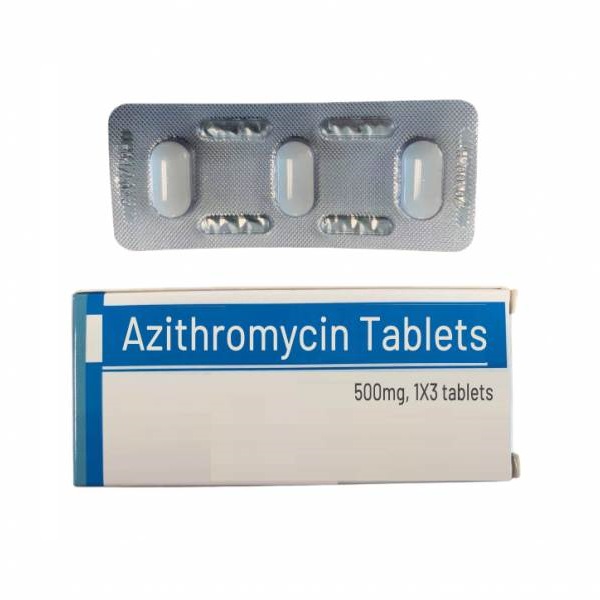Drug eruption, also known as drug-induced , is a reaction of skin and mucous membrane inflammation caused by drugs. Drug eruption is one of the most common adverse reactions. According to clinical studies, there are some types of drugs that are more likely to cause drug eruptions.
Penicillin antibiotics
It is reported that antibiotics caused the highest proportion of drug eruptions, and penicillin induced dermatitis was the most common.There might be suddenly itchy and bright red spots on the skin after using penicillin antibiotics, spreading on the head, limbs, and trunk. In severe cases, vomiting, fever, and joint pain may also occur. Be sure to have skin test before using such drugs (such as Benzylpenicillin Sodium for Injection, ampicillin sodium for injection etc).
Sulfonamides antibiotics
Sulfonamides such as compound sulfamethoxazole also often cause drug eruptions, especially in children, usually within 1 or 2 weeks after medication. Phenytoin, phenobarbital, phenylbutazone, etc are easy to cause exfoliative dermatitis-type drug eruptions.
Antipyretic and analgesic drugs
NASID drugs such as aspirin and acetaminophen tablets might cause one or several circular edematous erythema of varying sizes, itching and burning on the skin. Sometimes it is accompanied by systemic symptoms such as fear of cold and fever, and the symptoms might disappear after stopping the drug.
Corticosteroids drugs
Corticosteroids, such as prednisone, dexamethasone sodium phosphate injection causes many adverse reactions. In mild cases, erythema and itching may occur, and in severe cases, it may cause skin peeling all over the body. Therefore, you should consult a physician before use, and should not overdo it or use it for a long time.






